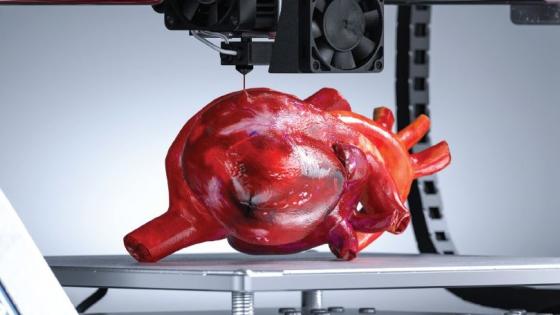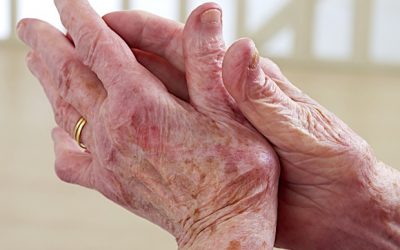The surgeon repairing the tiny infant heart knew he faced a daunting task. He’d have to work on the delicate organ and vessels hindered by limited access routes for observation. And the rarity of the baby’s congenital defect would force him to draw on surgical skills he hadn’t yet developed.
.
This time, though, the physician averted the apprehension he’d normally experience when one wrong move might risk the life of a patient just a few months old. For the heart in his hands belonged to no live human infant: It came to the surgeon as a 3D printed model made of a flexible, lifelike material.
.
The no-risk, hands-on training equipped the surgeon with a clear and precise anatomical fix on procedures like closure of the septal defect, reconstructing the aortic arch and performing an arterial switch. It gave him a […]
Click here to view original web page at www.radiologybusiness.com





0 Comments